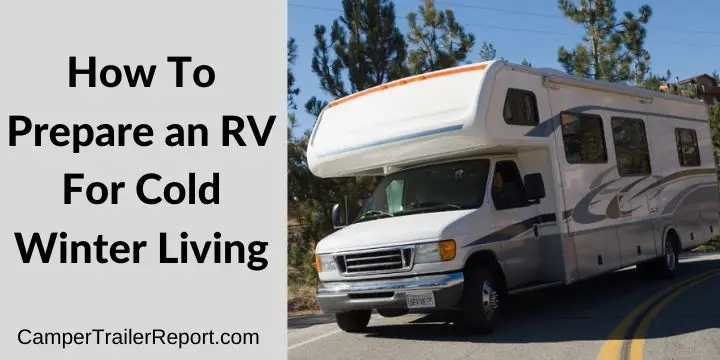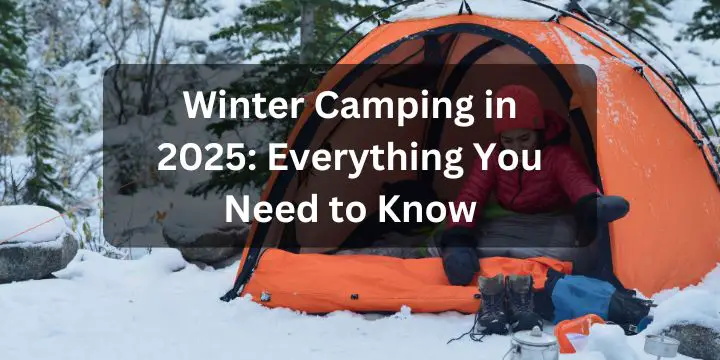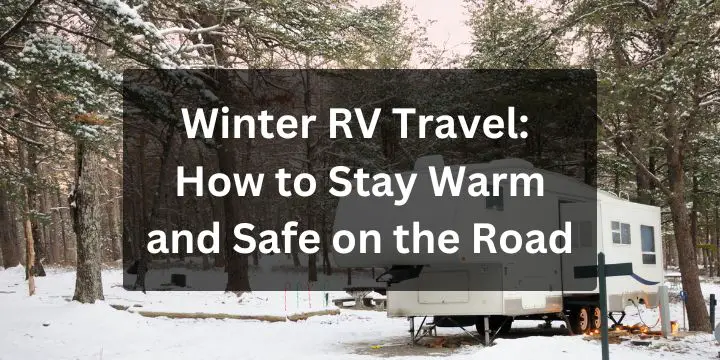
How To Prepare an RV For Cold Winter Living
Winter is unpredictable, but it generally presents essential challenges for drivers, like snow, snow, and low temperatures fall. And thanks to the winter of your bedroom now, you will be ready to drive in the winter weather. Here are some RV maintenance tips to help prevent accidents:
Check tire pressure
Due to the low temperatures in winter, the air pressure in cold tires can quickly decrease. Ensure the tires are inflated to the appropriate pressure points. Tire pressure can change by approximately 1. A significant temperature change is expected in December, as temperatures fall almost to the freezing point, and weather experts expect snow.
Snow tires can increase traction.
A good set of winter tires can increase traction, as it is optimized for snow and ice. Its tire patterns are designed for winter conditions and are made of soft rubber compounds that retain resistance in winter. While the law allows tires with nails and chains for specific areas, it is not necessary for the lower parts.
> You may also like:45 RV Accessory Must-Haves for Your Travel Trailer<<
Check belts and hoses
Low temperatures can accelerate the wear of belts and hoses; Have a certified mechanic inspected before winter.
Check the antifreeze mixture.
Use the freeze test tool at the auto parts store to check if the ratio is 50:50. Because winters often have temperatures early in the morning and late at night below zero, it is essential to monitor and maintain a frequently balanced frozen mixture.
Video Overview: Tips For Living In Your RV During The Winter
Check your SUV RV system.
As temperatures cool, the engine oil becomes thicker and does not circulate as well as the more abundant oil. Without oil circulation, the engine will not get proper lubrication. Read the owner’s manual for the type of engine oil covered in an RV, oil replacement or mechanical change.
Although the all-wheel-drive system is beneficial, it is a good idea to avoid excessive confidence, since the all-wheel-drive system will not help you stop faster, and recommends driving for conditions.
Check the battery
Freezing temperatures can reduce battery power by up to 50 percent. Clean up any corrosion that may accumulate in jobs and connections, and test the battery if you have more than three years in the recreational vehicle repair shop.
> You may also like:Worst 5th Wheel Brands to Avoid <<
Replace windshield wipers
Worn or torn spaces will not clean your windshield and provide sufficient visibility to drive through a snowstorm, snowstorm, or snowstorm. Check the washing liquid and add solvent to defrost.
Check your gas tank frequently.
Keep your gas tank half full at least at all times to prevent your gas lines from freezing. The moisture in the gas tank reacts with freezing temperatures and can quickly freeze. You may also need additional gas if you get trapped or lost during bad weather.
Keep an emergency kit near you.
Keep your emergency kit of your RV while traveling, especially before embarking on a road trip. The set must include a blanket, additional warm clothing set, snow scraper, extra shoes and gloves, water, paper towels, non-perishable food, shovel, first aid kit.
Additional items
To keep your shelf, also keep the following items in the trunk: windshield washer fluid, starter cables, tool kit, windshield wiper, glow, spare tire, tire chains, tire gauge, tire changers, and sand to provide more traction tires when necessary.
Conclusion
No matter how carefully you are prepared or how far you drive, RV accidents can occur. If someone you love is injured in an RV accident, talk to an experienced mobile accident lawyer to protect your legal rights.
> You may also like: Least-Visited National Parks: Why They’re Worth a Look<<
Most RV beginners learn this the hard way. Don’t.
🚐 Start RV Living the Right Way (Instant Download)Instant download • Secure checkout • Beginner-friendly


